Are we to give up on breathing clean air?

That the quality of Dhaka's air is "unhealthy" even on the morning of a public holiday—as was the case on Monday, when schools and most offices were closed and the usual traffic was absent—says a lot about the general quality of air in this city. According to a report, Dhaka was ranked 10th among 100 cities in terms of air pollution at around 7:53am yesterday. In recent years, Dhaka has consistently scored in the range of "unhealthy," "very unhealthy," and "hazardous" in the Air Quality Index (AQI).
Last week, its air was found to be "hazardous" for two days in a row. On February 20, the Department of Environment advised Dhaka residents to wear masks outside, and children, elderly and physically unwell individuals to stay indoors if the air quality reaches "hazardous" level.
Dhaka's air has become progressively worse due to a plethora of reasons, including construction of megaprojects, traffic emissions, lack of greenery, etc. It is thus having a direct impact on public health: respiratory issues have increased, the number of premature births has risen, and life expectancy has been shortened by 6.8 years on average. What's the government doing to mitigate this dire situation? Apparently, nothing proactive. In fact, according to a recent report by this daily, it seems to be backtracking on decisions that it did make to reduce air pollution, which simply defies logic.
The new environment minister recently said the government was planning to launch a 100-day programme to identify sources of air pollution and formulate solutions accordingly. However, given the past records, we are unsure how effective this initiative will be. We have known for a while the prime reasons behind air pollution as well as what must be done to turn things around.
What we really need right now are decisive actions, and the political will to take them. We hope that the new leadership in the environment ministry will treat air pollution with the urgency that it deserves, otherwise it risks repeating the history of failure.


 For all latest news, follow The Daily Star's Google News channel.
For all latest news, follow The Daily Star's Google News channel. 




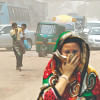
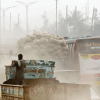
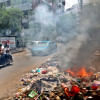
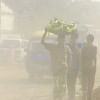


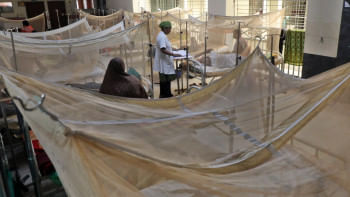
Comments